After a thought-provoking Budget announcement, it’s time to prepare for the new tax year. All eyes are on any short- and long-term tax changes that could impact your navigation out of a post-pandemic business landscape.
Here, we explain these very changes and reveal what you need to do to stay ahead of the adjustments.
Anticipate the effect of the National Living Wage increase
As expected, the Budget saw the National Living Wage increase from £8.72 to £8.91 an hour. Whilst the increase is marginal in comparison to the previous year, for the first time ever the maximum rate will apply to those aged 23 and over (as opposed to 25 and over).
Hospitality has arguably been the hardest hit industry over the pandemic, and there is the potential that many business owners will see a hike in wages for more staff members than they might have anticipated – especially given that the sector is one of the leading employers of younger people. Whilst support remains via the furlough scheme until September 2021, it might be worth reassessing things as you work out how many of your employees this applies to.
If you manage payroll in-house, remember to make sure these reviews are carried out as soon as possible to inform any business decisions you make.
Work out what new Income Tax thresholds mean for you
While Income Tax rates have evaded an increase, the Personal Allowance and higher-rate thresholds have risen to £12,570 and £50,270 respectively. These thresholds will now freeze until April 2026. This means that, although a pay rise may seem like an attractive prospect down the line, many could enter a new tax bracket and ultimately pay more.
Inheritance Tax thresholds, Capital Gains exemptions and the pension Lifetime Allowance will remain at their 2020/21 levels and will also be frozen until April 2026.
To avoid getting caught out by the freeze as your circumstances change, and particularly if you are on the edge of a tax band, you should contact your accountant about the most tax-efficient way to manage your take-home pay.
Prepare for Making Tax Digital responsibilities
As foreseen prior to the Budget, Making Tax Digital (MTD) for VAT comes into play from April 2021. COVID-19 saw the initiative pushed back 12 months as HMRC announced that businesses “have until their first VAT return period starting on or after 1 April 2021 to put digital links in place”.
VAT-registered businesses with a taxable turnover below the VAT threshold will also have to prepare for their MTD for VAT reporting and recordkeeping obligations ahead of April 2022.
Whilst adopting a new tax return process might be one more thing to deal with, the extension of the temporarily reduced VAT rate by 5% to 30th September 2021 may offer some respite. This will be succeeded by a 12.5% rate until 31st March 2022, before it reverts back to 20%.
Factor the business rates holiday into your financial plans
Remaining on the lighter note of reduced tax, the business rates holiday for organisations in England will continue for the first quarter of the new tax year. From June, a 75% discount will replace the holiday. As a result, the total tax cut for businesses amounts to £6bn.
Although a mass re-opening is on the horizon, many premises remain idle – so this may provide some additional relief for those affected.
Seek additional support
From Brexit to COVID-19, the current business climate is volatile to say the least. That’s why we keep our news section updated with articles that you might find useful during these times. Recent posts include:
We understand that there’s still a long road to recovery, but keeping abreast of the changes and meeting your requirements for the new tax year is the first step forward. Remember, guidance is available to help you steer the course. For support, simply get in touch – we’ll be happy to help.


Recent Comments